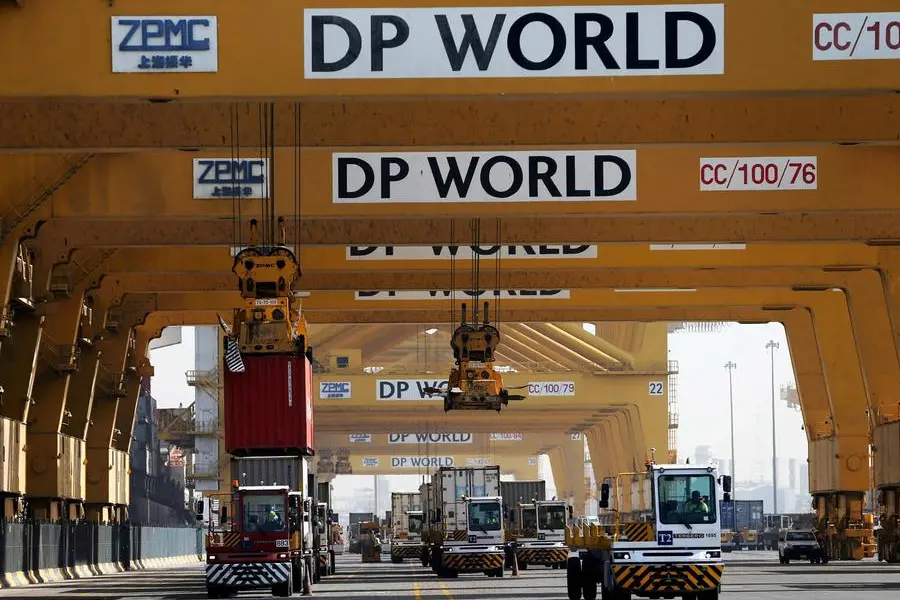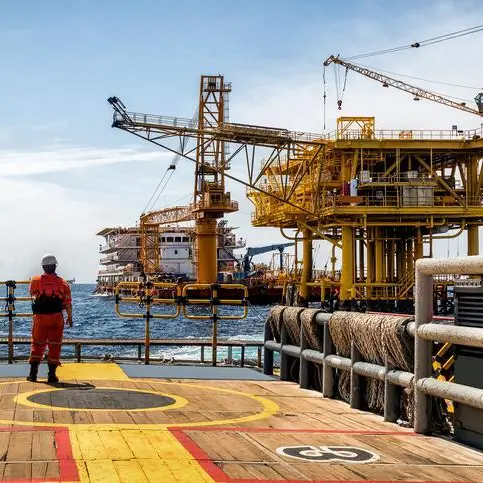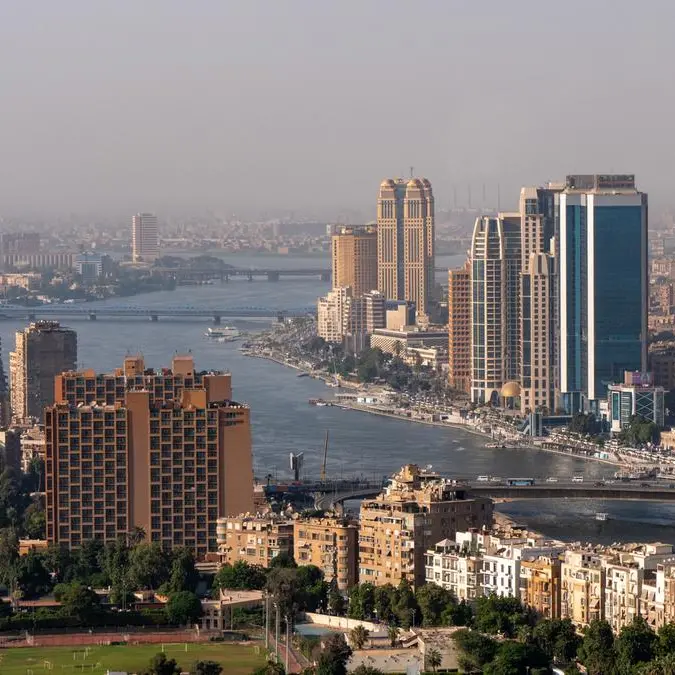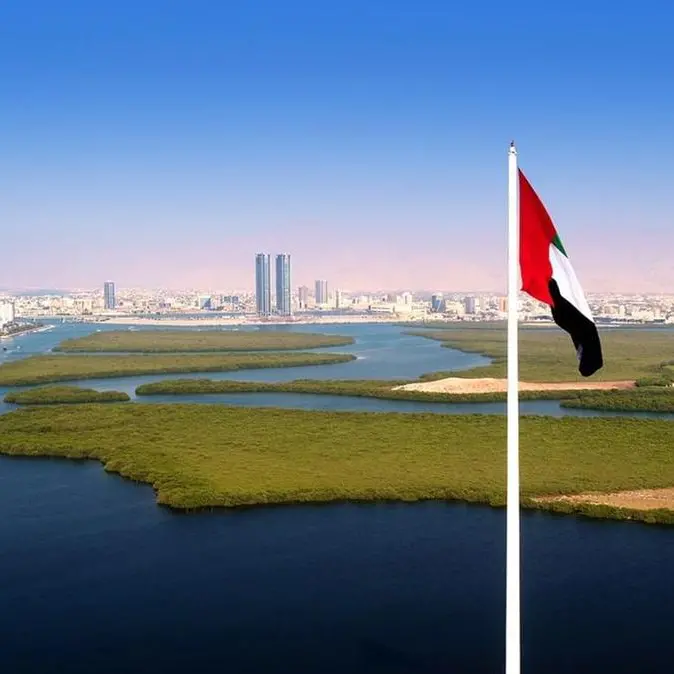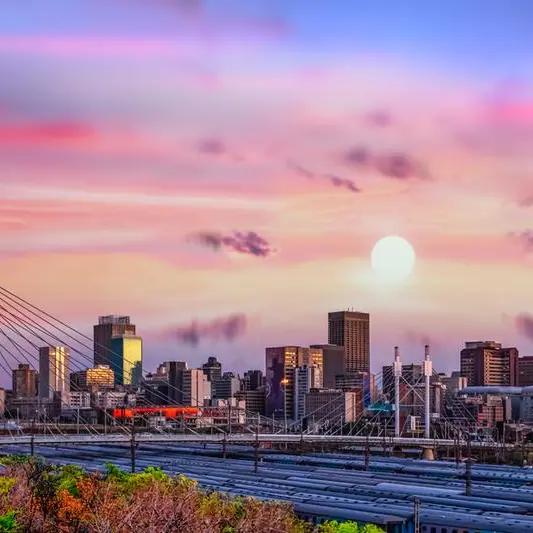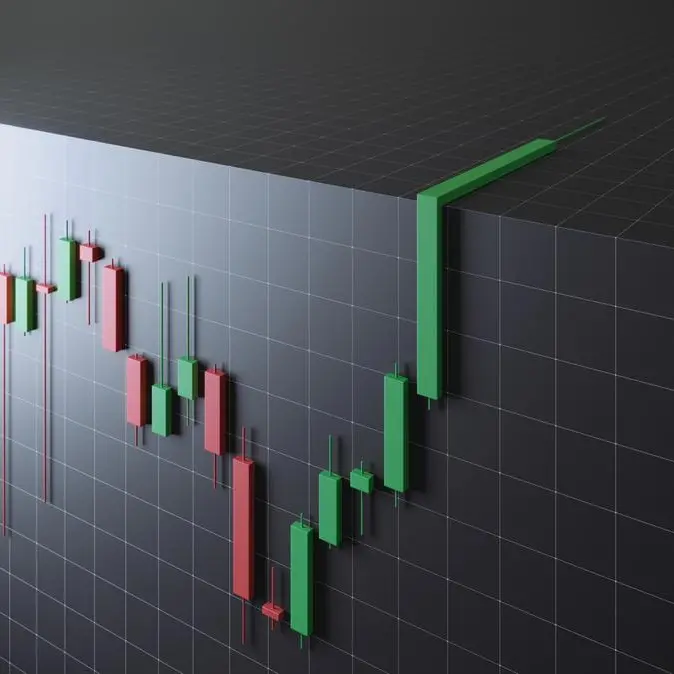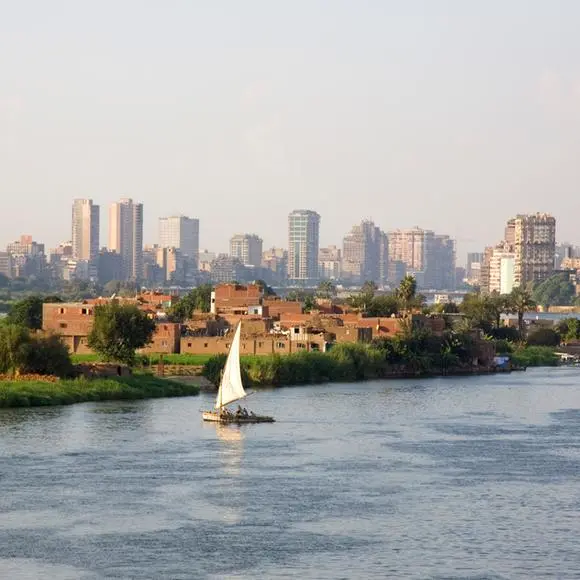PHOTO
Dubai-headquartered global logistics giant DP World has set its eyes on achieving carbon neutrality by 2040 and net zero carbon emissions by 2050, with an intermediate target of 28 percent reduction of carbon footprint by 2030.
With operations spanning all continents, DP World's global network includes more than 430 business units in over 70 countries and more than 100,000 workers. Its global capacity of 98 million TEU handles nine percent of world container port throughput.
"Our total carbon footprint is 3 million tonnes of CO2 across Scope 1 and Scope 2 and approximately 3.3 million tonnes for Scope 3. That is the size of the challenge," said Piotr Konopka, Group VP, Global Decarbonisation & Energy Programmes, DP World.
He said DP World's measurement of Scope 1 and 2 emissions goes back ten years.
"We built an in-house system based on the Greenhouse Gas Protocol (GHG Protocol) and aligned with the relevant ISO standards, so we knew our total emissions. But it was important to dig into where exactly these emissions come from, the types of equipment involved, and the hotspots," Konopka said in an interview with Zawya Projects on the sidelines of COP28 in Dubai.


So, the company conducted an extensive exercise during the 2019-2020 period to comprehensively identify the sources of its carbon emissions.
"After that exercise, we built our decarbonisation strategy [for Scopes 1 and 2] that sits on five pillars and applies to all our divisions," he said.
The decarbonisation projects are tracked via a dashboard, where each operating entity must log in all their projects.
"In our Ports and Terminals division alone, we are looking at close to 500 projects running concurrently over the next five years, and it is growing," he disclosed.
Konopka underlined that companies must invest in decarbonisation for their future and longevity.
"Decarbonisation is the challenge of our lifetime, and companies that fail to decarbonise risk losing their license to operate," he cautioned.
Excerpts from the interview:
What were the drivers behind DP World's targets of becoming carbon neutral by 2040 and net zero carbon by 2050? What are the critical emission mitigation pathways for the company?
Four key drivers are shaping decarbonisation efforts, and these apply to any company, including DP World or any industry anywhere in the world. The first driver is the company's reputation. DP World recognises that climate change is one of the most significant challenges of our lifetime and that the most prominent market players must bear the responsibility to combat its impacts.
The second driver is investors. Whenever DP World approaches the financial markets to seek financing for its growth, investors want to know the company's decarbonisation strategy and, equally, what progress has been made to date. And they continuously monitor the progress and resilience of their investments against climate change.
Third comes regulations. In Europe, for example, there are regulatory mechanisms like the EU Emissions Trading System (EU ETS), which is about to impact us heavily on shipping, so we must be ready. We need to stay on top of where such regulations may come into place next.
The fourth driver is customers, especially large corporations who recognise the responsibility and commitment to decarbonise, similar to DP World. We constitute their Scope 3 emissions, so they are keenly interested in our initiatives related to Scope 1 and Scope 2, which will enable them to reduce their Scope 3 emissions. Then comes the reporting, the measuring and the strategy itself.
From a mitigation standpoint, what are your focus areas?
Our decarbonisation strategy sits on five pillars. The first pillar is equipment electrification; the second is process efficiency and digitalisation because the cleanest fuel is the fuel you don't burn; the third pillar is renewable energy. Today, 60 percent of all the electricity we consume globally comes from renewables. Fourth is low-carbon fuels. In the short term, we are looking at second-generation biofuels that can be certified net zero. For the future, we're looking at green hydrogen and its derivatives - ammonia and methanol – crucial to decarbonise shipping. The fifth pillar is carbon compensation, though we are in the early days of exploring the carbon credit space.
We aim to hit our 2030 carbon reduction target without carbon credits, but our ambition is to become carbon neutral by 2040, so we'll try to decarbonise according to these pillars as much as we can and then offset the rest with high-quality carbon credits.
What are some of the projects being pursued across your facilities and how are you prioritising them?
The strategy has accelerated over the past few years. In electrification, we have a lot of exciting initiatives. For example, we have done several trials involving electric terminal tractors, accounting for around 20 to 30 percent of our carbon footprint. We are also advocating for a strategy wherein all our new purchases are electric, extending beyond regulated environments like Europe to encompass any location worldwide where we operate. Beyond compliance with the regulations, it is the right thing to do. Although the capex may be higher, the advantages include less pollution, low maintenance costs and extended equipment life.
During COP28, we also announced the launch of Zero Emission Port Alliance (ZEPA) with APM Terminals, which aims to bring together terminal operators, OEMs, port authorities and government entities to increase the adoption of battery-electric container handling equipment (CHE) in ports, to accelerate the journey to zero emissions.
We felt it would be better if the industry came together through ZEPA and set the proper voluntary design standards and the projected demand for this equipment rather than everybody trying to do things themselves.
Efficiency is a given because maximising the efficiency of the equipment has direct cost implications in terms of burning less fuel.
Renewable energy is very interesting because of the contrasts. We operate in areas where getting renewable energy is much easier, like Europe, where green tariffs through the grid exist, and switching is easy.
On the other hand, in geographies like Africa, you will likely get renewable energy capacity only if you build it yourself. In some cases, even access to the power grid is limited. We have a fantastic case study in Somaliland, where we connected a 1-megawatt solar power plant to our Berbera Port terminal, which currently meets around 50 percent of our offices' power demand with direct cost savings. I'm yet to see a project where rooftop solar would be more expensive than the grid.
With low-carbon fuels, a significant limitation is supply. Our largest project so far is in the UK, a very advanced market for second-generation biofuels. In our port in Southampton, we have replaced most diesel with second-generation hydro-treated vegetable oil, which is net zero certified. It is a short-term solution until the equipment reaches the end of its operational life, at which point we will transition to electrification.
While considering DP World's decarbonisation projects across various jurisdictions, could you share some insights into what strategies have proven successful and which ones have not?
Partnerships and collaborations, like ZEPA, definitely work. We are also a strategic partner for the Maersk McKinney Moller Centre for Zero Carbon Shipping. It is important to understand that decarbonisation is a multidisciplinary area. In shipping, for example, you need the correct vessel and the fuels in the right locations. You must work with the port authorities and regulators to build the green corridors. There are various pieces converging, and no single entity can address all these aspects alone.
This applies internally as well. For example, in DP World, our decarbonisation team is dispersed geographically and across different departments within the head office. For me, external as well as internal collaborations are crucial.
I think trying different technologies and working with the OEMs is also very important. We have examples where we trialled certain types of equipment, and we had to recharge it much more frequently than our operational requirements allow. It is essential to give feedback to the OEMs and suppliers and then work together to overcome these challenges.
I must emphasise that decarbonisation is a long-term play. Don't dissuade yourself from formulating a renewable energy strategy just because the regulations in the country where you are operating don't permit the installation of solar panels. It may be permitted in five years or even ten years from now. Therefore, it's crucial not to evaluate the situation on a year-by-year basis. Instead, the strategy should be focused on the long term.
How do the International Maritime Organization's (IMO) decarbonisation mandates for shipping affect ports and terminals? Additionally, is there a need for a similar organisation specifically for ports to coordinate decarbonisation efforts?
I can't think of a global mechanism that would bring all the ports under an umbrella. The closest would be EU ETS, which went way beyond the IMO and mandated that all vessels of 5,000 gross tonnage and above within the European waters must pay a carbon tax [effective January 2024]. This could impact ports if the EU takes it in that direction.
Likewise, in the United States, California state's Cap and Trade program currently does not extend to ports, but they may be included in the future. I know that China is also considering similar steps.
I think such regulations would originate at the country or regional level rather than from an international body. However, it is also desirable that these initiatives are interconnected and coordinated.
But in the end, regulations sit within the jurisdiction of individual countries. The way IMO works, the member states pass resolutions, which serve as recommendations for the member states to incorporate those into their regulations — the when and how of implementation is up to each state.
Are there any technologies or concepts you are excited about regarding their decarbonisation potential?
For ports, electrification and renewable energy technologies already exist, but some supply chain elements still need to be developed. For example, there is a need to increase the supply of equipment such as electric straddle carriers and terminal tractors.
Dual-fuel methanol vessels have started to arrive in shipping, but methanol is not the ideal solution. Although its CO2 emissions are significantly less than bunker fuel, it still emits CO2.
There is a lot of interest in ammonia but also apprehension about how it will develop due to its toxic nature. There may be some breakthroughs that will help alleviate concerns about ammonia. It is also crucial to find the most energy-efficient ways to produce green hydrogen, which is a necessary component for green ammonia and green methanol.
We have tens of thousands of trucks on the road in logistics, but I have yet to see one good solution to decarbonise trucking. Commercial electric trucks are gradually becoming available but share a common challenge with electric cars: range. With trucks, the range factor is even more critical than it is with electric personal cars, so I hope to see more innovations for decarbonising trucks.
Coming to energy production, while we must move away from fossil fuels to hit net zero by 2050, we also need viable alternatives to replace them, and that pathway seems somewhat uncertain. During COP28, I attended talks on nuclear energy and even fusion, which sounds like science fiction but perhaps this may be the solution. Or it could be more efficient renewable energy technologies.
Lastly, how is DP World funding its decarbonisation projects?
Funding works at three levels. At the first level are projects that pay for themselves from day one. For example, solutions that reduce fuel use save costs and contribute to decarbonisation without additional expenses. When it comes to renewable energy projects, choosing the power purchase agreement (PPA) route can help avoid upfront capex investments and get lower prices than grid electricity.
At level two are projects that have a longer payback period. For example, the payback duration for electrification initiatives is longer than we are accustomed to with diesel assets. But the technical lifetime of the equipment could increase, which means you end up with a net zero on that cost. Organisations worldwide are gradually becoming more at ease with such paybacks.
Level three projects involve significant investments - for example, in shipping, you may need to invest in vessels that may be at least 50 percent more expensive than traditional ones and you need to find a fuel that could be double or triple the cost of regular fuel. Then comes the question: Do you believe in that? These are difficult decisions that we all need to make today.
There are also several financing mechanisms available to companies for funding decarbonisation projects. For example, DP World recently raised $1.5 billion through a Green Sukuk with proceeds earmarked for green projects in line with our sustainable finance framework.
Another emerging instrument is Carbon Insetting or more specifically, Book and Claim system, which we are studying for our shipping business. [In the case of insets, companies invest in carbon reduction projects within their supply chain while in offsets, they invest in environmental projects worldwide to offset their own emissions]. Under this system, we will invest in sustainable fuels, and our sustainability-focused customers can purchase the associated credits to reduce their Scope 3 emissions. Additionally, this will help fund reductions in our Scope 1 and 3 emissions.
(Reporting by Anoop Menon; Editing by Dennis Daniel)
Subscribe to our Projects' PULSE newsletter that brings you trustworthy news, updates and insights on project activities, developments, and partnerships across sectors in the Middle East and Africa.
